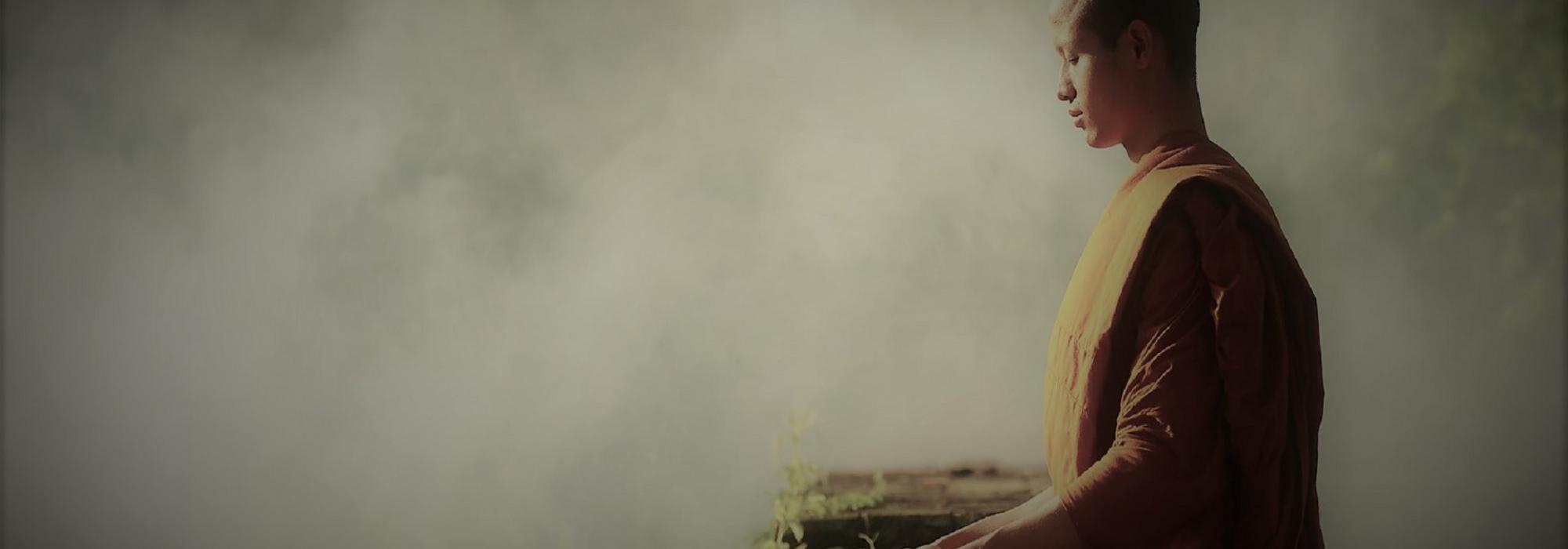Modern literary theory usually insists that a poet should not come in the way of the natural development of events and characters. If he gets personally involved, the work runs the risk of turning into a pamphlet meant only to air the author’s pet views. It would then become an artificial construct, straying away from its primary purpose of leading the readers to rasa.
On the surface, Vyāsa appears to have flouted all these literary norms, because, as we have seen, he participates in all the major events of the story. However, he never corrects the events; he never manipulates the characters. His involvement is only as a witness, free from the stain of partisanship. His participation in the story has succeeded in elevating what would have otherwise been a dry chronicle to the high status of an enjoyable epic.
Indian literary theory has many such insights to offer. Unfortunately, no aesthetician—regardless of his other standing contributions to the field—has analyzed these ideas. Be that as it may. Vyāsa’s involvement in the Mahābhārata is truly a unique chapter in the annals of literary aesthetics. A mere storyline will not transform into a poem unless the author gets positively involved. And if the involvement is not guided by dispassion, even a spectacular storyline will go haywire and lose the opportunity to evolve into a poem. Ānandavardhana has grasped this insight at the level of figures of speech that embellish a sentence.[1]
This line of inquiry applies well to both the form and content of poetry. Literary precepts guide us here. But the question remains: How to control the precarious predilections of the poet? No literary precept comes to our help. Only Bhagavān Vyāsa, the über-aesthetician, does. He says: ‘yena tyajasi tat tyaja,’ ‘leave that which enabled you to leave all else.’ (Mahābhārata, 12.316.40)
Aśvaghoṣa
The only complete work of this poet that is now available is Saundarananda. While fourteen cantos of his other poem Buddhacarita are available in the original Sanskrit, the remaining portion is accessible only through a Tibetan translation. Further, the beginning and end of the fourteen cantos of the original are lost. In other words, the opening and closing portions of Buddhacarita are not available in Sanskrit. Going by the reconstructed text and its translation, we gather that these portions do not have anything to say about literary theory.
Two verses that mark the conclusion of Saundarananda offer some insights:
इत्येषा व्युपशान्तये न रतये मोक्षार्थगर्भा कृतिः
श्रोतॄणां ग्रहणार्थमन्यमनसां काव्योपचारात्कृता।
यन्मोक्षात्कृतमन्यदत्र हि मया तत्काव्यधर्मात्कृतं
पातुं तिक्तमिवौषधं मधुयुतं हृद्यं कथं स्यादिति॥ (१८.६३)
This poem contains the essence of mokṣa. I have composed it to promote ultimate serenity, not mere enjoyment. In the guise of poetry, I intend to convey philosophical concepts to readers who are caught up with worldly affairs. If there is something else here, it is only to satisfy kāvya-dharma: to demonstrate that bitter medicine can be made enjoyable by tinging it with honey.
प्रायेणालोक्य लोकं विषयरतिपरं मोक्षात्प्रतिहतं
काव्यव्याजेन तत्त्वं कथितमिह मया मोक्षः परमिति।
तद्बुद्ध्या शामिकं यत्तदवहितमितो ग्राह्यं न ललितं
पांसुभ्यो धातुजेभ्यो नियतमुपकरं चामीकरमिति॥ (१८.६४)
I have composed this work in the guise of a poem to explain the preeminence of mokṣa to people whose material indulgence prevents them from pursuing it. I advise the readers to pay heed to those aspects of this work that appeal to the intellect, not to those that are merely charming. Gold and minerals both emerge upon mining; but gold is more beneficial.
Aśvaghoṣa was a Buddhist monk. His own words make it amply clear that he composed poetry only to stimulate philosophical inquiry and propagate his professed school of thought. The image of mixing bitter medicine with honey became a ready model for aestheticians to adopt in later times.[2]
People have always used poetry as a medium to propagate various thoughts. Prudes and religious fanatics usually aver that poetry finds its fulfilment by serving as a vehicle of intellectual discourse. In the past, two kinds of people made poetry subservient to scriptures: pedants and religious bigots. Today, two other kinds of people are bending it to their benefit: communists who are opposed to religion and self-proclaimed intellectuals.
The stand of Indian aesthetics on this issue is clear: It holds rasa as the objective par excellence. Theorists such as Bhaṭṭa-nāyaka and Dhanañjaya explicitly assert that poetry should be read for enjoyment alone.[3] This does not, however, mean that poetry is opposed to the intellect. Abhinavagupta provides the final answer: in the ultimate analysis, instruction and enjoyment are no two different things.[4]
[1] विवक्षातत्परत्वेन नाङ्गित्वेन कदाचन।
काले च ग्रहणत्यागौ नातिनिर्वहणैषिता॥ (ध्वन्यालोकः, २.१९)
[2] स्वादुकाव्यरसोन्मिश्रं शास्त्रमप्युपयुञ्जते।
प्रथमालीढमधवः पिबन्ति कटु भेषजम्॥ (भामहरचितः काव्यालङ्कारः, ५.३)
कटुकौषधवच्छास्त्रमविद्याव्याधिनाशनम्।
आह्लाद्यमृतवत्काव्यमविवेकगदापहम्॥ (वक्रोक्तिजीवितम्, १.७ अन्तरश्लोकः)
तत्र केवलशास्त्रेऽपि केचित्काव्यं प्रयुञ्जते।
तिक्तौषधरसोद्वेगे गुडलेशमिवोपरि॥ (सुवृत्ततिलकम्, ३.५)
[3] काव्ये रसयिता सर्वो न बोद्धा न नियोगभाक्॥ (लोचने उद्धृतम्, पृ. १४)
आनन्दनिष्यन्दिषु रूपकेषु
व्युत्पत्तिमात्रं फलमल्पबुद्धिः।
योऽपीतिहासादिवदाह साधु-
स्तस्मै नमः स्वादुपराङ्मुखाय॥ (दशरूपकम्, १.६)
[4] न चैते प्रीतिव्युत्पत्ती भिन्नरूपे एव, द्वयोरप्येकविषयत्वात्॥ (लोचनम्, पृ. १८४)
To be continued.
















































